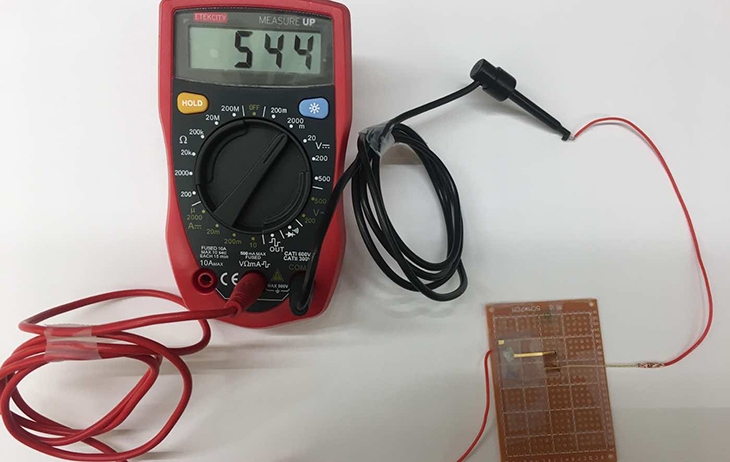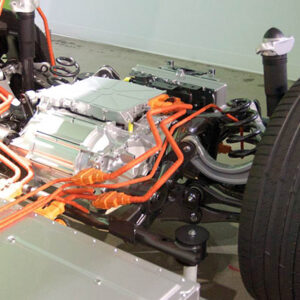
Scientists in Massachusetts have developed a groundbreaking science-fiction-like device that can extract electricity from the air.
This amazing technology, which is known as Air-gen, made headlines in 2020 after it was first introduced. The system uses a protein nanowire film which was derived from Geobacter, a bacteria species. It’s then positioned between two electrodes where it generates electricity by harnessing the humidity absorbed from the film’s fine pores.
The research team at the University of Massachusetts Amherst recently managed yet another incredible breakthrough using Air-gen technology.
Amhurst Professor Jun Yao explained, “What we realized after making the Geobacter discovery is the ability to generate electricity from the air—what we then called the ‘Air-gen effect’—turns out to be generic.”
“Literally any kind of material can harvest electricity from the air—as long as it has a certain property. It just needs to have holes smaller than 100 nm (nanometers)—or less than a thousandth of the width of a human hair,” he adds.
These devices can produce kilowatts of electricity using a non-polluting, cost-effective and renewable manner. Even more impressive is the fact that they manage to operate efficiently in regions with very low humidity, like that of the Sahara Desert. As compared to other renewable energy sources such as solar and wind power, Air-gen is more advantageous because it doesn’t need sunlight or wind, and “it even works indoors.”
Curious readers might wonder how such a small setup can generate power. The process relies on the concept of the “mean free path,” which is the distance a water molecule travels in the air before colliding with another molecule.
Regardless of the material used, as long as it’s as small as Dr. Yao’s explanation suggests, it allows water molecules to pass from the upper to the lower part of the material. The small pores in the material cause the molecules to collide with the edges as they pass through, resulting in the upper part accumulating more charge-carrying water molecules than the lower part. This charge imbalance functions similarly to a battery, and as long as there is humidity in the air, the device can continuously generate electricity.
“You could imagine harvesters made of one kind of material for rainforest environments and another for more arid regions,” Dr. Yao shares.
One of the major advantages of this technology is its constant operation, as humidity is ever-present in the atmosphere. Regardless of weather conditions, whether it’s daytime, nighttime, rainy, or windy, the Air-gen device can run 24/7.
Moreover, due to its thin design, multiple devices can be stacked one on top of another which makes it easy to scale up the energy production without significantly increasing the device’s footprint.
The Air-gen device has the potential to deliver kilowatt-level power, making it suitable for widespread electrical utility usage anywhere in the world. Being cost-effective and environmentally friendly allows it to be a promising alternative to traditional energy sources, taking us one step closer to a more sustainable and greener future.
What are your thoughts? Please comment below and share this news!
True Activist / Report a typo


